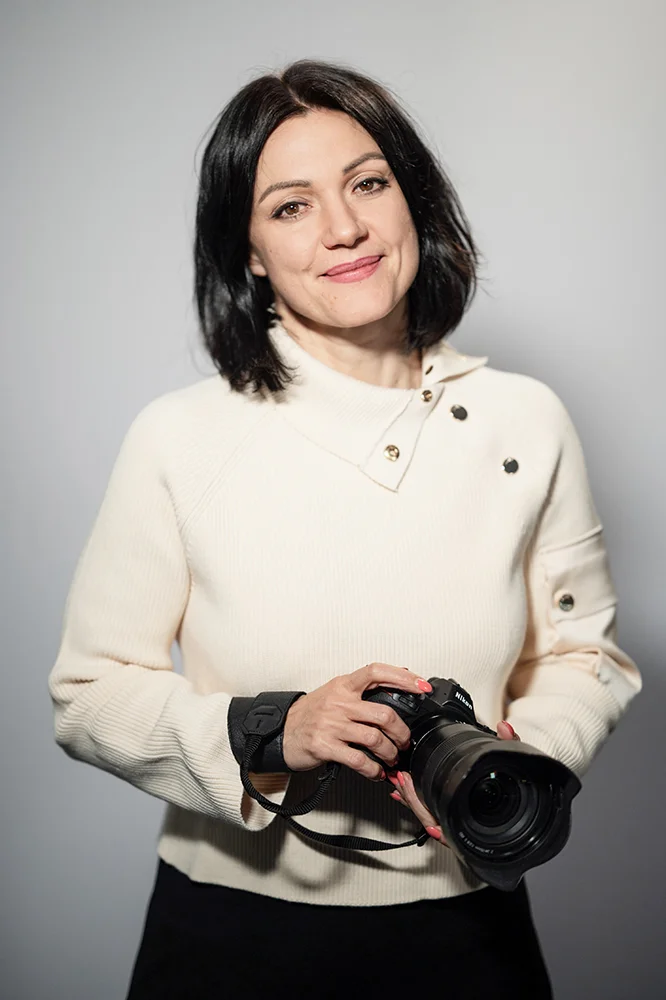Jana Šantavá is a visual artist and fine art photographer based in Bratislava, Slovakia. Her work explores themes of introspection, identity, and the space between reality and dream, often through staged, cinematic imagery that invites the viewer into layered narratives. Using mirrors, duplicated figures, and subtle surreal elements, she creates photographs that function as both visual poetry and metaphorical self-portraits of the human psyche.
Her photographs have been exhibited internationally in cities such as Paris, Milan, New York, Venice, Arles, Budapest, and Athens, as well as across Slovakia. She has received multiple awards, including the Gold Medal at the Budapest International Foto Awards 2023, Silver at the World Photo Annual 2023, and recognition from PX3 de la Photographie Paris 2023.
In 2024, she presented her solo exhibition Echoes of Identity at the Slovak Institute in Berlin. In 2025, her works are featured at ImageNation London and ImageNation New York, continuing her presence on the international fine art photography scene.
Through her distinctive visual language, Šantavá challenges the boundaries between staged reality and dreamlike fiction, offering viewers a space for reflection, emotion, and self-discovery.
Artist Statement
In my work, I explore silence, introspection, and the space between reality and dream. I am fascinated by the idea of the doppelgänger – the second self – reflecting our inner divisions and untold stories. In my photographs, a figure often turns away, gazes through a curtain, or into a mirror. This moment of indirect gaze becomes a key to intimacy – opening a space for the viewer to become the co-author of the narrative.
I stage scenes where I work with mirrors, duplicated figures, and strong color contrasts. My aim is not only aesthetic but also metaphorical – a reflection of our inner dialogues, desires, and contradictions. Each photograph is, for me, a visual trace of an emotional movement that cannot be captured in words.
My goal is to create images that awaken questions rather than provide answers, opening an inner conversation about what might be hidden behind an apparent calm.
Awarded Photographer of the Week - Week 34, 2025
